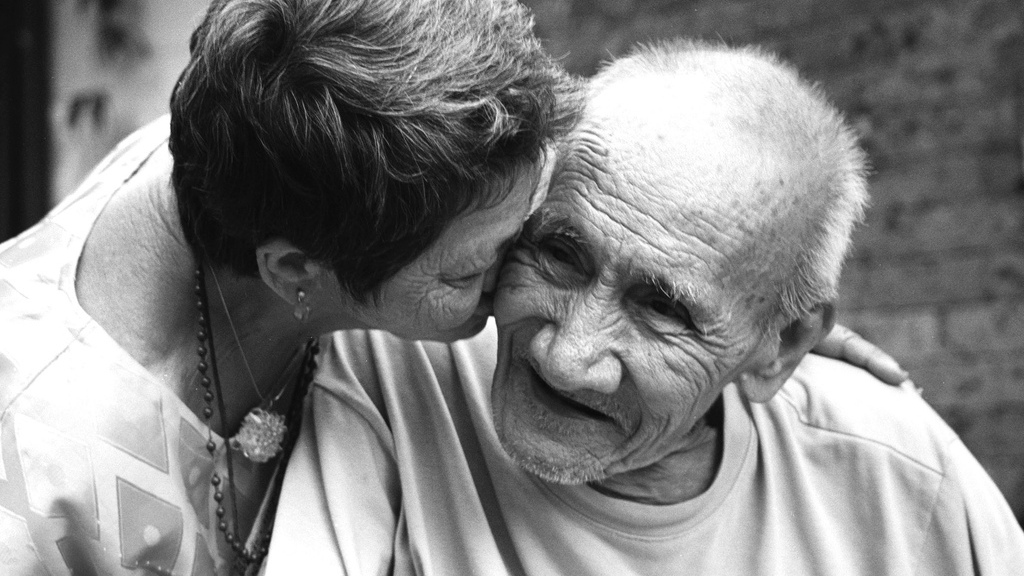The characters you bring to life, are perhaps the most influential part of a creative work. Their thoughts, actions, and words are what give readers connection to a narrative. Along with that, a connection to the undertone and subtlety woven beneath lines you are writing. Everything a reader learns is through character’s perspective. A clever meshing of personalities can sometimes give your writing a mind of its own, going places you never imagined at the start. Characters are what make or break a story. Here is a basic list of information for starting characterization. Keep in mind these are things you should determine before you begin writing. That way you can reveal the character’s personality/features however best fits your narrative.
Here are some activities coupled with information to help with creating character: Character Development Activities
- Appearance – Begin with the basics. Male, female, hair color, tall, short. Their name. For me personally, a character’s name is the most important piece of basic information. Certain names can go well with certain personalities. A firefighter named Dudley doesn’t feel as real as a firefighter named Tom (Though I guarantee somewhere, there is a firefighter named Dudley). The basic gist of basic information is to allow the reader to picture your character within the text.
- Personality – This is a fairly general way of saying, the way a character thinks. At the most basic level, this means speech patterns. The way your character talks says everything about their conscious thoughts and how they view the world. There should also be moments of less obvious behavior. A momentary hesitation or blind confidence will reveal deeper layers of the character’s psyche.
- Background – You should know your character inside and out before you begin writing. You need to know about that time they were bullied on the playground for having a raincoat, or about how their wife left them to join the circus. These types of events won’t always be the kind of thing you mention in a story, but they will be events that shape the way your character views the world. Get invested in this step. It will breath that life into a character that makes readers weep at the conclusion.
- Relationships – Often this is tied in with Personality and Background. Interactions with other characters can create interesting back and forth. Dialogue and plot is derived from these instances. Unless you’re writing a story about the last man on earth, the main character will have interactions with other characters. In a sense, relationships help us get to know the characters the same way we would get to know people in real life. You can’t entirely trust the thoughts they give us privately without seeing the way they use those thoughts in action
Check out some additional points to think about while creating character: Character Information
Personally, I began wanting to create stunning imagery and powerful scenarios. While those are great tools that help in developing a story, most of the best works are known for the way a character evolves throughout a story. Using film as an example, look at Jules Winnfield (Played by Samuel L. Jackson) from Pulp Fiction. Though the plot is broken up in a non concurrent manner, the final scene is a culmination of redemption. Everything Jules experienced throughout the movie (and most likely before; alluding to a shady past) leads up to a moment of clarity, where he evolves into a forgiving, less violent person. Strive to find your inner Tarantino and make a character that ends up in a drastically different place from where they began. This will really carry your story and cause the audience to emotionally identify with whatever verdict you render upon the main character.
